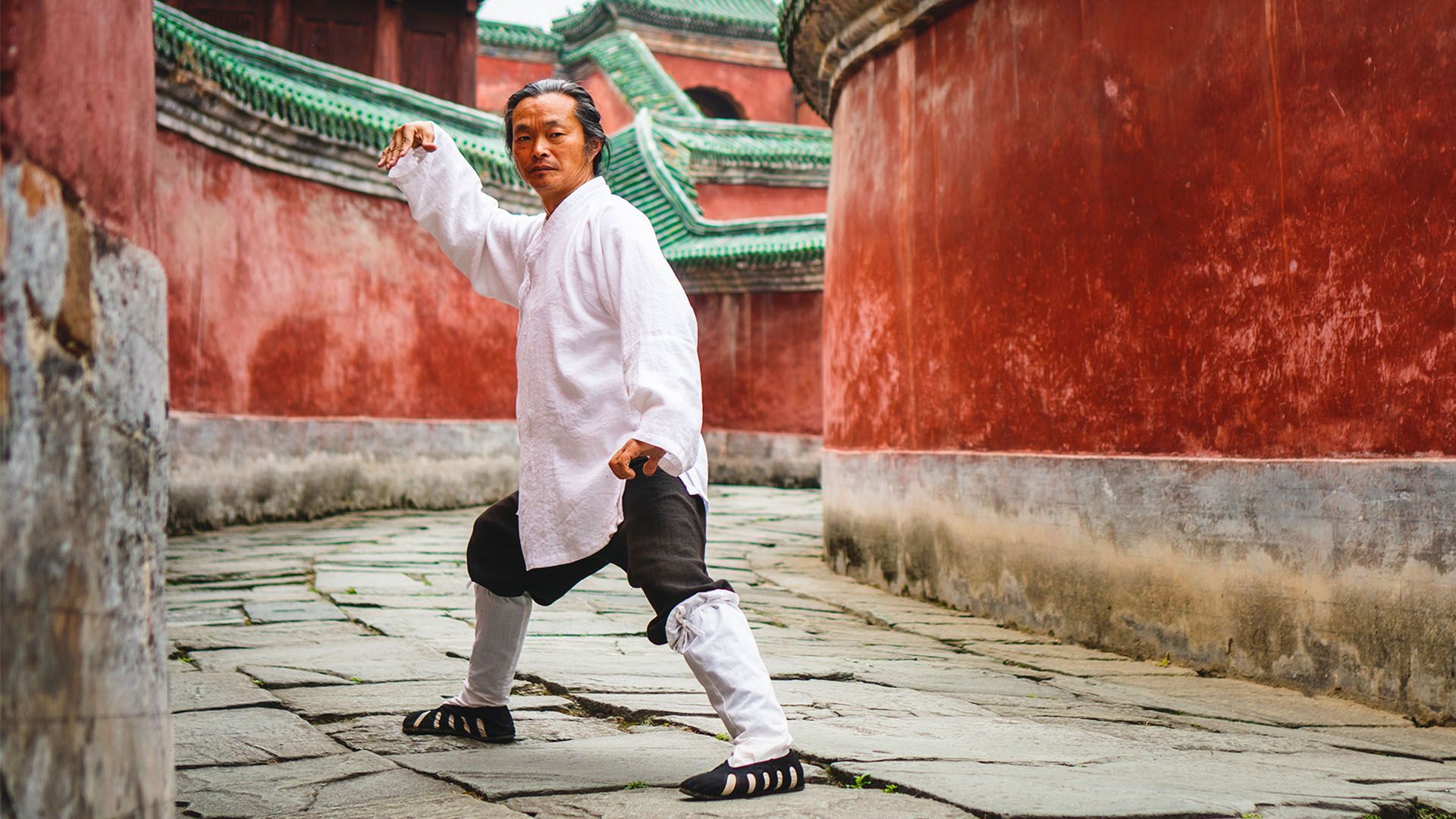Karate Belt Order: A Complete Guide
Mar 15, 2024
The world of karate can be overwhelming for beginners, especially when it comes to understanding the belt order. The journey from a white belt to a black belt is filled with challenges, and it's crucial to have a clear roadmap. A structured ranking system motivates karate students and helps them track their progress.
This guide offers a comprehensive solution, detailing the belt order in karate, from the initial white belt to the esteemed black belt. It breaks down the significance of each belt level, ensuring that both novice and seasoned karate practitioners can navigate their martial arts journey with confidence.
Table of Contents
History of Karate
Karate, originating from Okinawa, Japan, is a martial art with a rich history. It blends self-defense and discipline. Chinese martial arts have influenced karate's development into a discipline that is well-known all over the world. The belt system is central to karate. The white belt marks the beginning of a practitioner's journey. The black belt symbolizes the highest level of skill. Distinct styles like Shotokan and Okinawan Karate have unique techniques.
The karate gi and colored belts signify rank and style. Karate schools and federations worldwide adhere to standardized belt orders and grading systems. Principles of respect, discipline, and continuous improvement are emphasized in karate. Practitioners demonstrate both technical proficiency and a deep understanding of the art's philosophy. They do this as they advance through the ranks.
Importance of Belts in Martial Arts
In martial arts, the belt system is used to signify a practitioner's rank and skill level. The first belt in karate is usually white, symbolizing a beginner's level of proficiency. As martial artists progress, they earn different colored belts, each representing a higher level of expertise. The black belt is the highest rank, indicating years of training and mastery in the art. This belt ranking system motivates practitioners and displays their achievements.
Also Read: Tai Martial Arts: Basics Forms of Tai Chi in Martial Arts
Understanding the Belt Colors in Karate
The colored belt system in karate signifies a student's progression and skill level. The journey typically begins with a white belt, symbolizing purity and the starting point. As students practice karate techniques and improve, they advance through various belt colors, including yellow, orange, green, blue, purple, and brown. Each belt color represents a different level of skill and knowledge. The ultimate goal is to earn a black belt, which symbolizes the highest proficiency in the art of karate.
The Karate Belt Order
White Belt: The Beginning
The white belt symbolizes the first rank in the karate journey, representing a clean slate. It's where students learn basic karate skills and the fundamentals of this Japanese martial art.
Yellow Belt: The First Step
Earning a yellow belt shows progress and the ability to perform simple karate techniques. It marks the first step in understanding the art of karate.
Orange Belt: Developing Skills
At the orange belt level, students start developing their skills further, learning more complex moves. This belt signifies a growing proficiency in the art.
Green Belt: Intermediate Level
The green belt represents an intermediate level of skill in karate. Students at this stage refine their techniques and start demonstrating a deeper understanding of the martial art.
Blue Belt: Advancing Further
Achieving a blue belt indicates advancing further in skill and knowledge. It's a stage where students begin to master more challenging karate techniques.
Purple Belt: The Transition Phase
The purple belt is a transition phase, where martial artists prepare for the advanced stages. It symbolizes a higher level of expertise and dedication.
Brown Belt: The Advanced Stage
The brown belt is an advanced stage in karate, showing a high level of proficiency. Students at this level are honing their skills and preparing for the black belt.
Black Belt: The Expert Level
The black belt is the highest rank in karate, representing the highest level of skill, expertise, and dedication. It's a symbol of mastery in martial arts.
Degrees of Black belt
1st Dan: Shodan
- Shodan marks the beginning of a martial artist's journey as a black belt.
- This level signifies a basic proficiency in karate techniques and principles.
- Karatekas at this rank continue to refine their skills and deepen their understanding of the art.
2nd Dan: Nidan
- Nidan represents an advanced level of skill and a deeper understanding of karate.
- Practitioners at this rank demonstrate improved techniques and a commitment to the karate journey.
- They may begin to take on teaching roles within their dojo.
3rd Dan: Sandan
- Sandan is a sign of expertise and a high level of proficiency in karate.
- Martial artists at this rank are expected to contribute to the development of others in their dojo.
- They exhibit a comprehensive understanding of karate principles and techniques.
4th Dan: Yondan
- Yondan holders are recognized as masters in the art of karate.
- They possess a deep understanding of the style of karate they practice.
- Their skills go beyond physical prowess, encompassing the philosophical aspects of karate.
5th Dan: Godan
- Godan is a prestigious rank, indicating a high degree of expertise and leadership.
- Karatekas at this level are often involved in teaching and guiding younger practitioners.
- They continue to refine their skills and contribute to the karate community.
6th Dan: Rokudan
- Rokudan is a rank that signifies a lifetime commitment to the art of karate.
- Practitioners at this level are respected for their dedication and years of training.
- They play a significant role in preserving and promoting the traditions of karate.
7th Dan: Nanadan
- Nanadan holders are considered senior masters in the world of karate.
- Their knowledge and skills are a result of decades of practice and teaching.
- They are often involved in high-level decision-making within karate organizations.
8th Dan: Hachidan
- Hachidan is a rare and honored rank, achieved by only a few karate masters.
- Practitioners at this level have dedicated their lives to the perfection of their art.
- They are revered for their wisdom and are often sought after for guidance.
9th Dan: Kyudan
- Kyudan is a rank that represents the highest level of skill and knowledge in karate.
- Karate masters at this level are seen as living legends within the martial arts community.
- They have a profound impact on the development and direction of karate.
10th Dan: Judan
- Judan is the pinnacle of karate mastery, the highest rank attainable.
- It is reserved for the most exceptional and influential karate masters.
- Achieving this rank is a testament to a lifetime of dedication and contribution to the art of karate.
How Long Does It Take to Achieve a Black Belt?
Achieving a black belt in karate is a journey that requires dedication, practice, and a deep understanding of the art. The time it takes to reach this level of expertise varies depending on several factors, including the style of karate, the frequency of training, and the individual's aptitude. In most karate schools, the belt ranking system is used to signify a student's progress and skill level.
The journey typically begins with a white belt, symbolizing purity and the starting point of the karate journey. As students advance, they earn different colored belts through a belt grading process, which assesses their proficiency in karate techniques and their understanding of the principles of the martial art.
It typically takes about 4 to 6 years of consistent training to achieve a black belt, although this can vary depending on the individual and the specific karate federation or school.
Conclusion
The karate belt order is a vital aspect of the martial arts journey, symbolizing a practitioner's growth and achievements. From the white belt's fresh start to the black belt's mastery, each color tells a story of dedication and skill. This guide aims to provide clarity and inspire karate students to persevere through their training. Remember, the journey to a black belt is not just about the destination but also the lessons learned along the way. What belt are you currently working towards, and how has your journey been so far?







